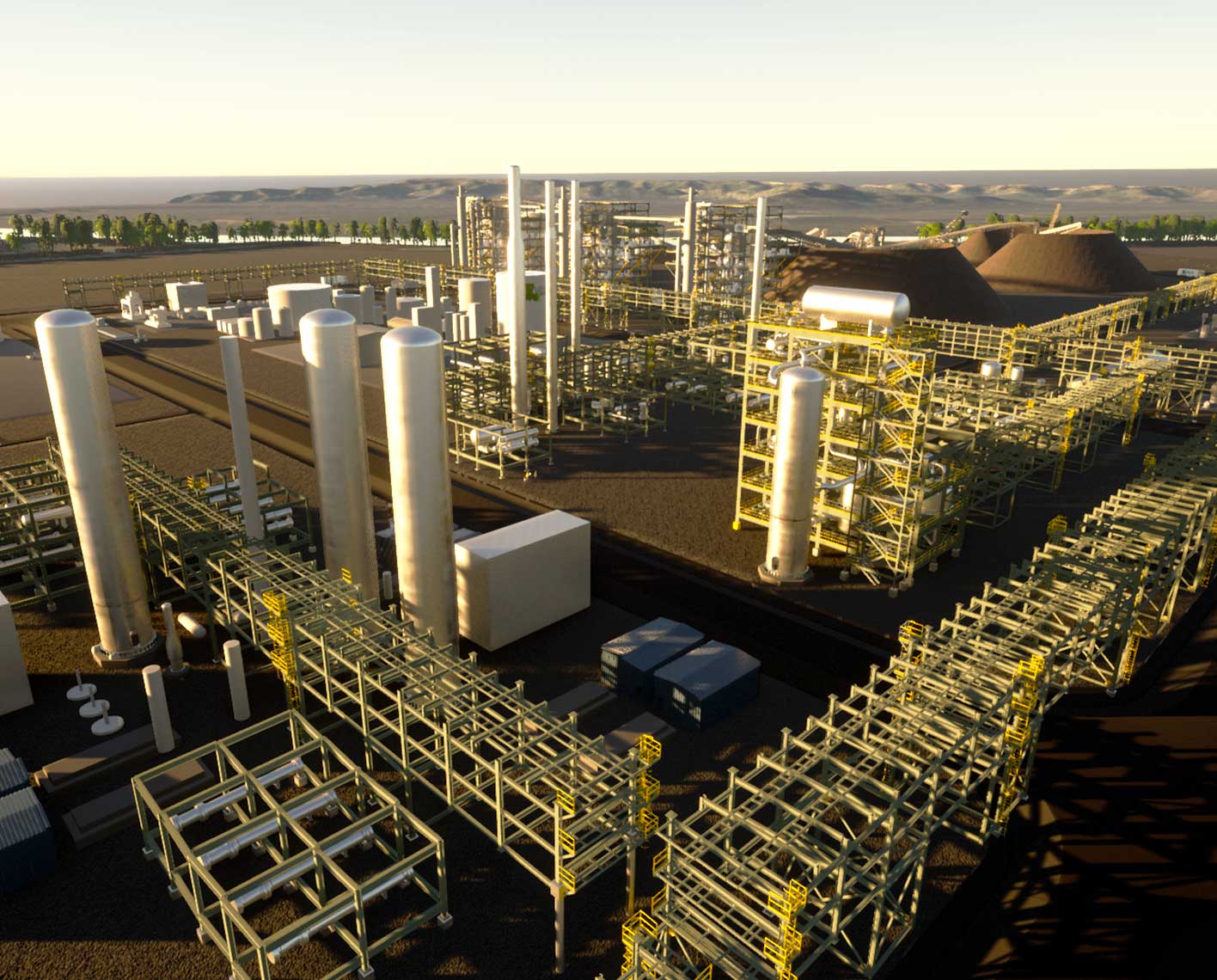Energy explained: What is BECCS?
Published: 07/05/2023

Energy explained: What is BECCS?
Published: 07/05/2023

What is BECCS?
BECCS stands for bioenergy with carbon capture and storage. It is a carbon dioxide removal (CDR) technique that’s used to produce heat, power or biofuels from biomass like trees or plants.
A closer look
Trees and plants serve as natural carbon stores. When they are combusted or gasified for heat, power or biofuels, the CO2 that was absorbed by trees or plants during their growth is released. In a BECCS plant, these emissions are captured and then stored underground in deep geological formations.
Why it matters
Because the absorbed carbon in the biomass is directed underground rather than being absorbed by the atmosphere, BECCS can result in negative carbon emissions. In recent years, BECCS has been proposed as a possible solution to reverse the upward emissions trend and create a global system of net-negative emissions. BECCS is also the only CDR that can produce energy.
What we’re doing
Last month, we began providing carbon sequestration services to Strategic Biofuels, a developer of negative carbon footprint biofuel plants, for its Louisiana Green Fuels project in Columbia Louisiana.
The project, which focuses on converting woody waste into renewable fuels, includes plans for a BECCS power plant, which will supply electricity for the project’s biofuel refinery, and a carbon storage complex.
When these facilities come online, they will be capable of producing nearly 32 million gallons of renewable synthetic fuels per year and generating more than 85 megawatts of electric power. The carbon storage complex will have the capacity to offset up to 1.36 million tons of CO2 emissions annually from both the plant and refinery. That’s the equivalent impact of 274,000 cars per year.
“SLB is committed to supporting projects that contribute to a lower carbon energy mix,” said Frederik Majkut, senior vice president of Carbon Solutions, SLB. “As demand for cleaner-burning fuels rise, we see tremendous opportunity for carbon capture and sequestration to support the growth of the biofuels industry.”
More details
We are providing Strategic Biofuels with site de-risking and front-end engineering and design (FEED) services for its LGF project’s carbon storage complex. Our agreement with Strategic Biofuels includes provisions for future services, including injection operations and long-term CO2 monitoring.
Across the world, we are involved in more than 100 carbon storage projects, providing a range of services.
Illustration credit: Strategic Biofuels
